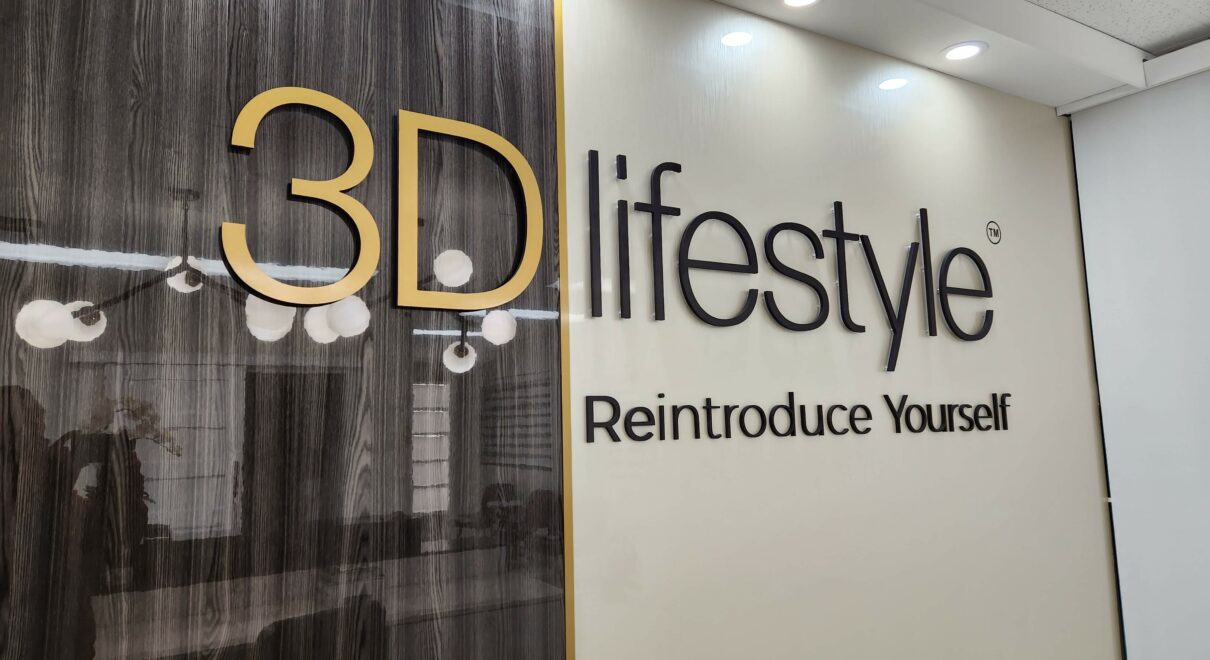Signs are everywhere—on buildings, inside stores, along roads—but not all signs serve the same purpose. One of the most important decisions for business owners is choosing between indoor and outdoor signage. While both play a vital role in your branding and communication strategy, they’re designed for very different environments and audiences.
In this blog, we’ll explore the key differences between indoor and outdoor signs, the materials used, their purposes, and how to make the best choice for your Mississauga business.
What Are Indoor Signs?
Indoor signs are installed inside your business or facility. They serve a wide variety of purposes, from navigation to branding and customer engagement.
Common Types of Indoor Signs:
- Lobby signs
- Wayfinding and directional signs
- Safety and compliance signage
- Menu boards
- Wall murals and decals
- Interior window graphics
Benefits of Indoor Signage:
- Enhances customer experience
- Reinforces branding and professionalism
- Helps with navigation and safety
- Great for promotions and internal communications
What Are Outdoor Signs?
Outdoor signs are exposed to the elements and are primarily used to attract attention, increase visibility, and bring foot traffic into your location.
Common Types of Outdoor Signs:
- Channel letters and illuminated signs
- Pylon signs
- Monument signs
- A-frame signs
- Window graphics (outside-facing)
- LED digital signs
Benefits of Outdoor Signage:
- Increases visibility and brand recognition
- Drives traffic and promotes your location
- Withstands weather with proper materials
- Operates 24/7 (especially if illuminated)
Key Differences: Indoor vs. Outdoor
Feature | Indoor Signs | Outdoor Signs |
Environment | Controlled, climate-stable | Exposed to weather, wind, and sunlight |
Materials | Lightweight, not weatherproof | Durable, weather-resistant, UV-protected |
Purpose | Wayfinding, branding, compliance | Visibility, advertising, location marking |
Design Focus | Aesthetics, clarity at close range | High contrast, long-distance readability |
Maintenance | Minimal | Requires regular cleaning and inspection |
Choosing the Right Signage Strategy
Most businesses will benefit from a mix of both indoor and outdoor signage. Your exterior sign brings people in, while your interior signs shape their experience once inside.
For example:
A Mississauga retail store might use:
- A channel letter storefront sign to attract attention from the street
- Window graphics to advertise current promotions
- Interior wayfinding signage to guide customers
- A branded reception or checkout sign to reinforce professionalism
By aligning your signage strategy across both environments, you create a cohesive, effective customer journey.
Conclusion
Understanding the differences between indoor and outdoor signs is essential to making smart signage investments. Outdoor signs bring people in. Indoor signs help them navigate and connect with your brand. Both are essential—and both require expert design, material selection, and installation.
At Signsland, we offer custom signage solutions for every space and surface. Whether you’re refreshing your storefront signs or upgrading your interior branding, we’ve got Mississauga businesses covered—inside and out.




